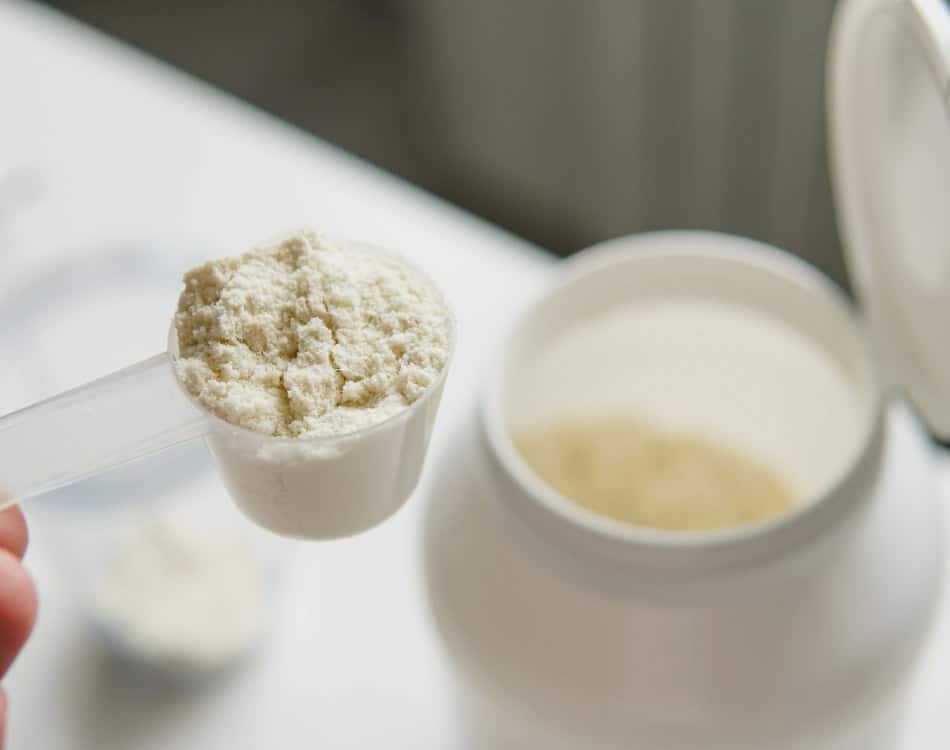Within the supplement aisles at your local Dis-Chem, one compound has stood the test of time, despite the myths and misconceptions: Creatine Monohydrate.
For decades, this substance has been the subject of scrutiny, myth, and misinformation. However, amid the noise, scientific research continues to illuminate the truth about its efficacy and safety.
Jason Dunning, Head of Research and Development at Nutritional Performance Labs (NPL), takes us on an insightful journey to debunk the myths surrounding creatine to help you align your fitness goals and supplementation.
Read on to discover how to decode the labels and harness its potential safely, and effectively.
READ MORE | Count Creatine In: 5 Reasons To Why Women Should Consider This Effective Supplement
Myth #1: Creatine is a Steroid
Perhaps the most persistent misconception about creatine is its association with anabolic steroids. Let’s clear the air once and for all: Creatine is not an anabolic steroid. It’s a naturally occurring compound found in foods like meat and fish, and it plays a crucial role in energy metabolism within the body. Unlike anabolic steroids, which artificially enhance muscle growth by imitating testosterone, creatine simply helps replenish ATP, the energy currency of cells, aiding in short bursts of intense physical activity.
Myth #2: Creatine Causes Kidney Damage
This myth has plagued creatine for years, leading to unwarranted fear among fitness enthusiasts. The truth is, numerous studies have debunked this claim, showing that creatine supplementation in recommended doses poses no significant risk to kidney function in healthy individuals.
Myth #3: Creatine Leads to Excessive Water Retention
Another common misconception is that creatine causes bloating and water retention, giving rise to a puffy appearance. While it’s true that creatine can increase water content within muscle cells, this effect is intracellular, contributing to cell volumisation rather than extracellular bloating. The temporary increase in water weight is typically mild and dissipates once supplementation ceases, leaving behind lean muscle gains.
READ MORE | 3 Steps To Optimise Creatine Timing For Better Gains
How to Use Creatine Safely and Effectively
Now that we’ve debunked the myths, let’s explore how to leverage creatine for optimal results:
- Choose Quality: When selecting a creatine supplement, opt for reputable brands that offer pure creatine monohydrate. Avoid products loaded with unnecessary additives and fillers.
- Dosage: The standard recommendation for creatine supplementation is 3-5 grams per day, taken consistently to maintain optimal muscle creatine levels. There’s no need for loading phases or cycling off, as long-term use (up to 5 years) is considered to be safe and effective.
- Timing: While creatine can be taken at any time of the day, some evidence suggests that consuming it post-workout may enhance uptake. However, consistency is the most important factor.
- Hydration: To mitigate any potential dehydration from increased intracellular water retention, ensure adequate hydration by drinking plenty of water throughout the day.
- Combine with Exercise: Creatine works synergistically with resistance training to maximise muscle gains. Incorporate strength training into your fitness regimen to capitalise on creatine’s benefits.
The veil of mystery shrouding creatine monohydrate is slowly lifting, revealing a safe and effective supplement backed by scientific evidence.
By dispelling myths and understanding how to use creatine responsibly, fitness enthusiasts can unlock its full potential to enhance performance, strength, and muscle growth. So, embrace the truth, harness the power of creatine, and propel your fitness journey to new heights.















